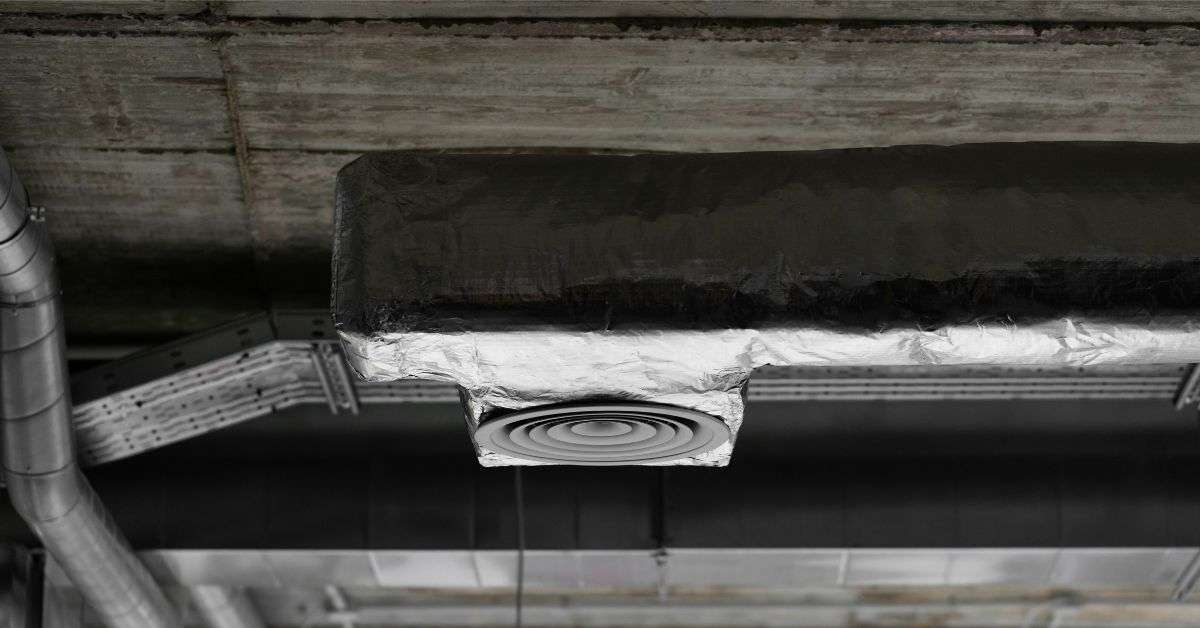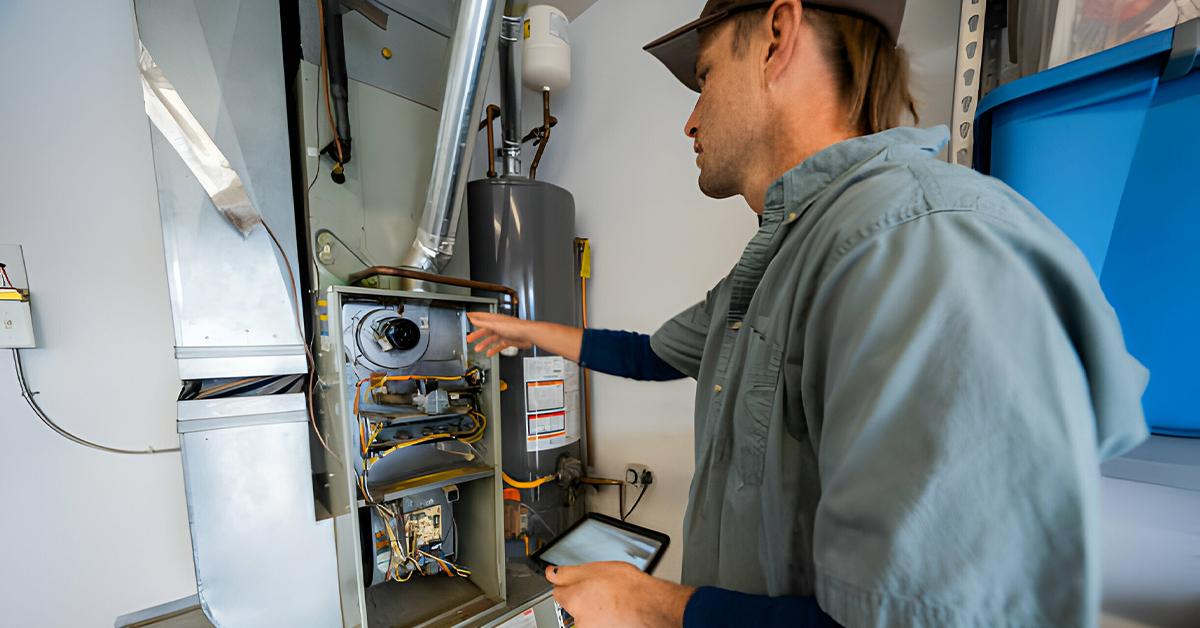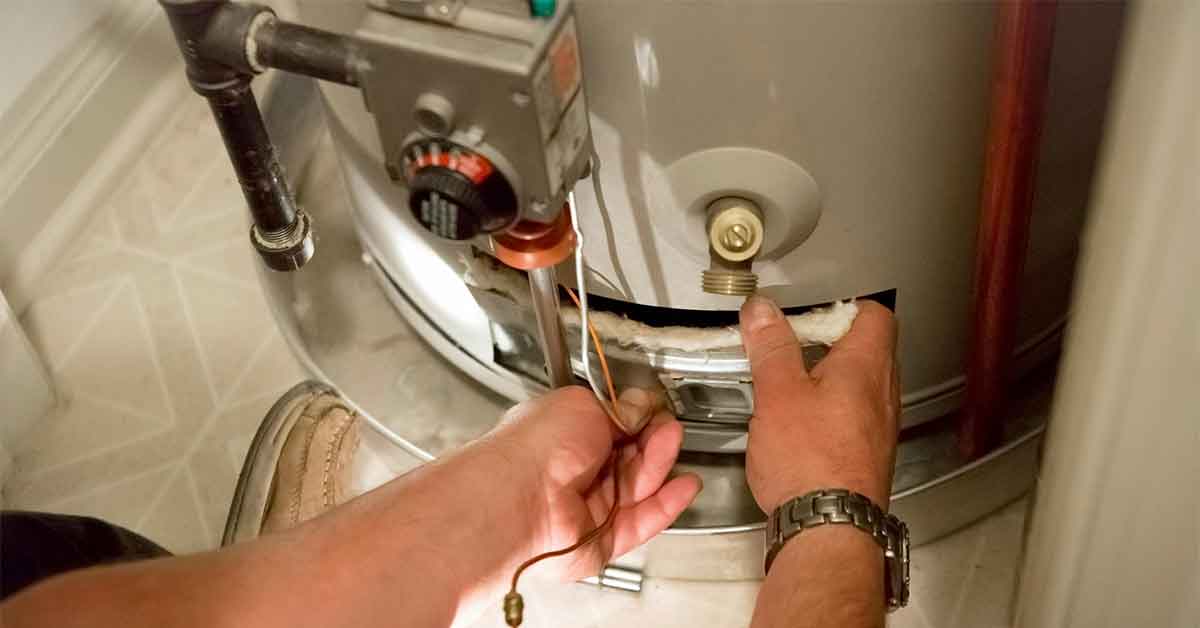Blog


Beyond the Basics: Understanding the Intricacies of Ductwork and Its Impact on Heating Efficiency
In the realm of home heating systems, the spotlight often shines on the furnace or heat pump. However, lurking behind the scenes, an equally important player impacts your home’s comfort and efficiency – the ductwork. This comprehensive guide delves into the intricacies of ductwork, unraveling how it significantly influences heating efficiency and overall comfort in your home.
The Role of Ductwork in Home Heating Efficiency
Ductwork may not be as glamorous as the latest high-efficiency furnace models or as noticeable as a smart thermostat, but it plays a pivotal role. It’s the circulatory system of your home’s heating setup, responsible for delivering warm air from your furnace or heat pump to the various rooms in your house.
Understanding Ductwork: A Primer
At its core, ductwork is a network of tubes that distributes heated air. It typically consists of a series of rectangular or round passageways made from materials like sheet metal, fiberglass, or flexible plastic. The design, installation, and maintenance of this system are crucial for optimal heating performance.
The Impact of Ductwork Design on Heating Efficiency
The design of the ductwork system has a profound impact on heating efficiency. A well-designed system will ensure minimal heat loss, proper air distribution, and balanced pressure throughout the home. On the other hand, poor design can lead to heat loss, uneven heating, and increased energy bills.
- Ductwork Layout
A good ductwork layout is designed to efficiently distribute air with minimal distance and bends, ensuring that each room receives adequate heat.
- Sizing Matters
Proper sizing of ductwork is crucial. Overly large ducts can reduce air velocity, while too small ducts can restrict airflow, both leading to inefficiency and discomfort.
The Significance of Ductwork Material
Ductwork comes in various materials, each with its advantages and disadvantages.
- Sheet Metal Ducts
Sheet metal ducts are durable and less likely to develop mold or harbor pests. However, they can be prone to heat loss if not properly insulated.
- Flexible Ducts
Flexible ducts are easier to install in tricky spaces but need to be carefully supported to avoid sagging and constricting airflow.
- Fiberglass Lined Ducts
These offer built-in insulation but can be more challenging to clean and may have a shorter lifespan.
Installation: A Key Factor in Ductwork Efficiency
Proper installation of ductwork is non-negotiable for efficient heating. Poorly installed ducts can lead to leaks, reduced heating performance, and increased energy costs. It’s crucial to work with a qualified professional to ensure your ductwork is installed correctly.
- The Menace of Leaky Ducts
Duct leakage is one of the primary culprits in lost heating efficiency. Leaks can occur at joints, connections, or due to damage. Sealing these leaks can significantly improve heating efficiency and reduce energy bills.
- Signs of Ductwork Leakage
Look out for uneven heating in rooms, excessive dust, and higher-than-expected energy bills as signs of possible duct leakage.
- Insulation: Enhancing Ductwork Efficiency
Insulating ductwork, especially in unconditioned spaces like attics or crawl spaces, is essential. Insulation helps maintain the temperature of the air as it travels through the ducts, reducing heat loss and improving overall system efficiency.
Maintenance: Prolonging the Life of Your Ductwork
Regular maintenance is crucial for keeping your ductwork in top condition. This includes routine cleaning, checking for leaks, and ensuring that all sections are well-supported and insulated.
- Cleaning Your Ductwork
Dust, debris, and even mold can accumulate in your ducts, reducing air quality and efficiency. Periodic cleaning is recommended, especially after any home renovations or if you notice a decrease in air quality.
Balancing the System for Optimal Performance
Balanced airflow is key to efficient heating. This involves adjusting dampers in the ductwork to ensure even distribution of air. Rooms that are consistently too cold or too hot might indicate a balance issue in your ductwork.
- Upgrades and Modifications
If you’re upgrading your heating system, it’s a good time to evaluate your ductwork. Modifications might be needed to accommodate the new system’s requirements, ensure compatibility, and maximize efficiency.
Conclusion
To summarize, while the furnace or heat pump is key in heating your home, the ductwork serves as an essential network, akin to a body’s veins and arteries, ensuring seamless operation. Grasping the mechanics of ductwork, including its design, materials, installation, and maintenance, is vital. This understanding not only maximizes your heating efficiency but also maintains your home’s warmth.
Regular maintenance and professional inspections of your ductwork can enhance its longevity and improve the overall performance of your heating system. Focusing on this often overlooked aspect of your heating system not only ensures warmth but also helps in energy conservation and maintaining clean air in your home. Investing in a well-designed, properly installed, and meticulously maintained ductwork system is a wise decision for the comfort and efficiency of your home.




